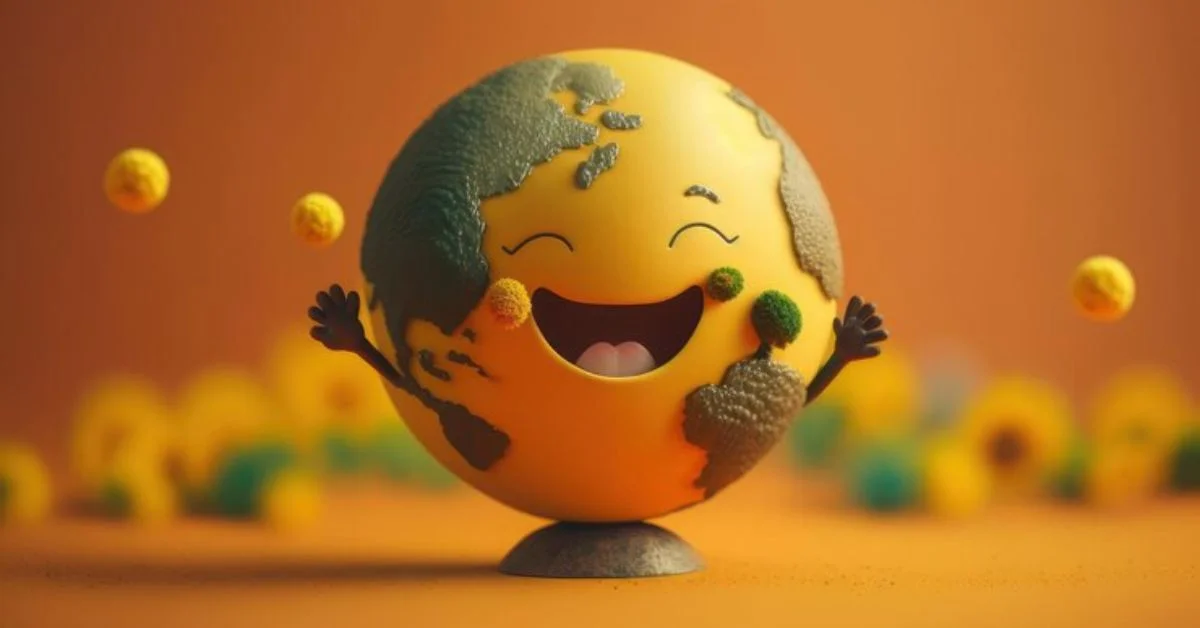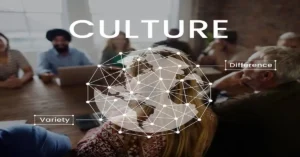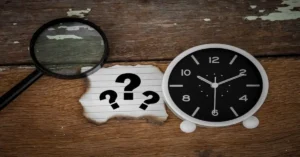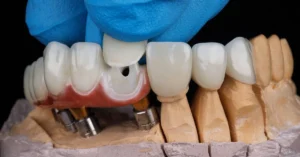In a world where nonverbal communication often carries more weight than words, few gestures are as quietly powerful as the small smile. Whether exchanged across a boardroom table, passed between strangers on the street, or shared with a child, a small smile holds depth, nuance, and influence far beyond its size. It is an expression that transcends languages, cultures, and generations.
If you’ve ever wondered why a fleeting upward curl of the lips can shift a conversation, ease a conflict, or express empathy in an unspoken way, you’re not alone. This article explores the biology, psychology, and social significance of small smiles—and why they matter more than you think.
What Is a Small Smile?
A small smile is a subtle facial expression—less pronounced than a full smile—that typically involves a slight upward turning of the lips, minimal engagement of cheek muscles, and often lacks the crinkling of eyes that characterizes a genuine grin.
But do not mistake its subtlety for insignificance. A small smile can communicate politeness, acknowledgment, shyness, caution, or empathy. Its ambiguity is its strength—it leaves room for interpretation, which is exactly why it is such a critical tool in human interaction.
READ MORE: ASX1.com: A 2025 Guide to the Evolving Financial Data Platform
The Science Behind a Smile
Smiling, even slightly, involves muscle groups controlled by the cranial nerve VII (the facial nerve). A Duchenne smile (a genuine, emotional smile) engages both the zygomatic major muscle (which raises the corners of the mouth) and the orbicularis oculi (which tightens around the eyes).
Small smiles may or may not activate these muscles fully, depending on the emotion or intention behind them. This makes them biologically distinct from full smiles and more closely tied to the limbic system, which processes subtle emotional cues.
Neuroscientists have found that even a faint smile can trigger mirror neurons in observers—part of the brain’s empathy network—encouraging them to smile back or interpret the expression positively.
Why Small Smiles Carry Psychological Power
The small smile is like emotional punctuation. It can soften a statement, express subtlety, or communicate internal states such as:
- Politeness
- Sarcasm
- Irony
- Reassurance
- Hidden joy
- Agreement without commitment
In psychotherapy, clinicians often study patients’ micro-expressions and small smiles to identify emotional undercurrents—moments when someone says “I’m fine” but the twitch of a smile betrays something deeper.
Studies in social psychology show that individuals who offer small, consistent smiles are perceived as more trustworthy, competent, and socially intelligent.
Cultural Interpretations Around the World
The meaning of small smiles varies globally:
- In Japan, a small smile often masks embarrassment or discomfort.
- In Russia, small smiles among strangers are rare and may seem insincere.
- In the United States, they may be interpreted as friendliness or passive agreement.
- In France, they can signal subtle flirtation or irony.
Understanding these nuances is essential in international diplomacy and global business, where a small smile could either build rapport or offend, depending on the cultural context.
Small Smiles in Modern Communication
In today’s digital world, where texts, emails, and emojis dominate, small smiles still find their place:
- In video calls, they convey acknowledgment without interrupting.
- In messaging, the 🙂 emoji mimics the effect of a small smile—often used to soften criticism or suggest mild approval.
- On social media, subtle smiles in photos can portray authenticity more effectively than posed grins.
The small smile has adapted to new platforms without losing its power.
Microexpressions vs. Small Smiles
While related, microexpressions and small smiles are not the same. Microexpressions are fleeting facial expressions—often lasting only 1/25 of a second—revealing true emotion beneath an attempt to conceal it.
A small smile, by contrast, can be deliberate or unconscious and may linger. It’s more readable and often socially coded.
Microexpressions require trained observation. Small smiles are part of everyday interpersonal grammar.
When a Small Smile Becomes a Social Tool
Small smiles act as social lubricants. They can:
- Ease tension in conflict
- Act as nonverbal apologies
- Show that someone is listening without interrupting
- Diffuse dominance in competitive settings
Public figures—politicians, leaders, and media personalities—use small smiles to project control, defuse opposition, and signal humility.
Small Smiles in the Workplace
In the professional world, a small smile can speak volumes:
- During interviews, it suggests confidence without arrogance.
- In meetings, it shows attentiveness and encourages collaboration.
- For leaders, it builds psychological safety, allowing others to speak freely.
Research from Harvard Business School suggests that leaders who use small smiles during high-stress scenarios are perceived as more emotionally intelligent and decisive, not less powerful.
Small Smiles in Digital Communication
Even in digital avatars, the presence of a small smile has an effect:
- AI assistants are increasingly programmed to simulate small smiles in their facial design.
- Users respond more positively to software interfaces that include subtle emotional cues.
- In gaming and metaverse environments, small smiles help humanize avatars, making digital interactions more relatable.
As communication becomes more virtual, small smiles are helping bring humanity into digital spaces.
The Role of Small Smiles in Mental Health
Small smiles are tools of emotional resilience. Even when forced, they can:
- Trigger the release of dopamine and serotonin, improving mood
- Help individuals mask anxiety or pain, aiding in social functioning
- Serve as coping mechanisms for those dealing with trauma
Psychologists often coach individuals with depression or social anxiety to rehearse small smiles in daily routines, creating neural feedback loops that gradually shift internal states.
Small Smiles in Relationships
Romantic or platonic, small smiles are the glue of intimacy. They offer:
- Reassurance during vulnerability
- Playfulness in moments of tension
- Recognition of shared understanding
Couples who exchange small smile regularly tend to score higher in relationship satisfaction surveys, citing a deeper sense of emotional attunement.
In early dating stages, small smile can be more powerful than overt flirtation—offering clues to interest and openness without the risk of rejection.
Training Yourself to Read and Use Small Smile
To sharpen your social intelligence:
1. Practice Observation
Watch how others use small smile during conversations. Note context and duration.
2. Use Mirror Exercises
Stand in front of a mirror and practice small smile—soft, symmetrical, and non-forced.
3. Get Feedback
Ask friends or mentors how your expressions come across in conversations.
4. Combine With Eye Contact
A small smile with warm eye contact can dramatically shift the emotional tone of any interaction.
5. Be Authentic
While small smile can be trained, insincerity shows. Let them emerge from real feeling when possible.
Final Thoughts
The small smile may be subtle, but its impact is vast. It is a language of nuance, empathy, and emotional depth. In a time when we’re flooded with loud opinions and dramatic gestures, the quiet elegance of a small smile reminds us that meaning doesn’t always need to shout.
Whether you’re in a job interview, comforting a friend, or navigating cultural borders, mastering the art and understanding of small smile can elevate not only your communication but your connection to others. In many ways, it is the most human of gestures—simple, silent, yet profoundly expressive.
Frequently Asked Questions
1. What does a small smile usually mean?
A small smile can convey politeness, subtle joy, agreement, or emotional restraint. It depends on the context and culture.
2. Is a small smile always genuine?
Not always. It may be social or strategic. Genuine small smiles often involve subtle eye movement and facial relaxation.
3. Are small smiles more effective than full smiles?
In certain situations—like negotiations or intimate moments—yes. Small smiles are more ambiguous and emotionally complex.
4. Can small smiles be used manipulatively?
Yes. Some people use them to disarm, influence, or control social situations subtly.
5. Why do some people avoid small smiles?
Cultural norms, emotional conditions like anxiety, or personal history may make someone less likely to express small smiles.









